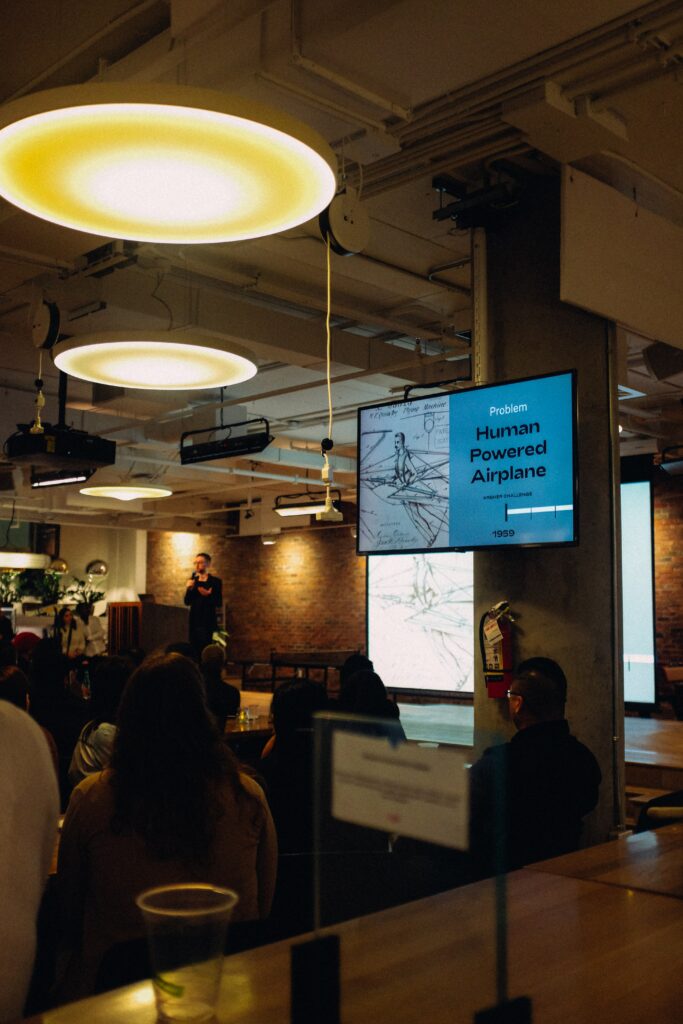
PowerPoint presentations are commonly used to present ideas to a large amount of people in a relatively short amount of time, and usually includes a narration of content. Some presentations are more effective than others.
Throughout my stay at the University of Victoria (UVIC) I have been through hundreds of PowerPoint lectures which were text heavy, and include too many points in the slide. Although many times figures, graphs, charts, and diagrams were used throughout these PowerPoint lectures, some of visuals were pixelated, elongated, text sizes were too small because of the amount of content within diagrams, out of date, and not sufficient quality. As a result, there were some lectures where it was difficult to maintain concentration on concepts, and/or my understanding of concepts were incomplete. Many of these errors contradict the rules of simplicity, appropriate font choices, simple chart choices set out by Amanda Miller and other presentation experts (2019).

Neuromyths are concepts that are popular misbeliefs of how learning takes place such as the left hemisphere being responsible for logical ,and rationale thinking and a right hemisphere being responsible for creative and emotion thinking (OECD, n.d-a). These neuromyths are taught, and still being taught throughout all education levels. However, the neuromyth that surprised me the most was that there is such thing as auditory, visual, and haptic types of learning (OECD, n.d.-b). OECD emphasizes that seeing, hearing, and touching is only the first step, and another step is needed to create connections between the input of the senses and a concept to actually understand topics (n.d.-b). I have been taught this throughout post-secondary and I always thought I landed somewhere in between all three types of learnings. It is easy for me to associate all three types of senses, to some study habit or learning experience I have done. OECD emphasizes that this is a commonly accepted theory among laymens, but not experts (n.d.-b).
Here is a presentation I made about Consumer digital health technology using some of the learning theories, and PowerPoint tips. Feel free to download it to see the speaker note!
References
Miller, A. (2019, June 20). 6 dos and don’ts for next-level slides, from a TED presentation expert. ideas.ted.com. https://ideas.ted.com/6-dos-and-donts-for-next-level-slides-from-a-ted-presentation-expert/.
OECD. (n.d.-a). Neuromyth 6. OECD. https://www.oecd.org/education/ceri/neuromyth6.htm.
OECD. (n.d.-b) Neuromyth 3. OECD.
Recent Comments